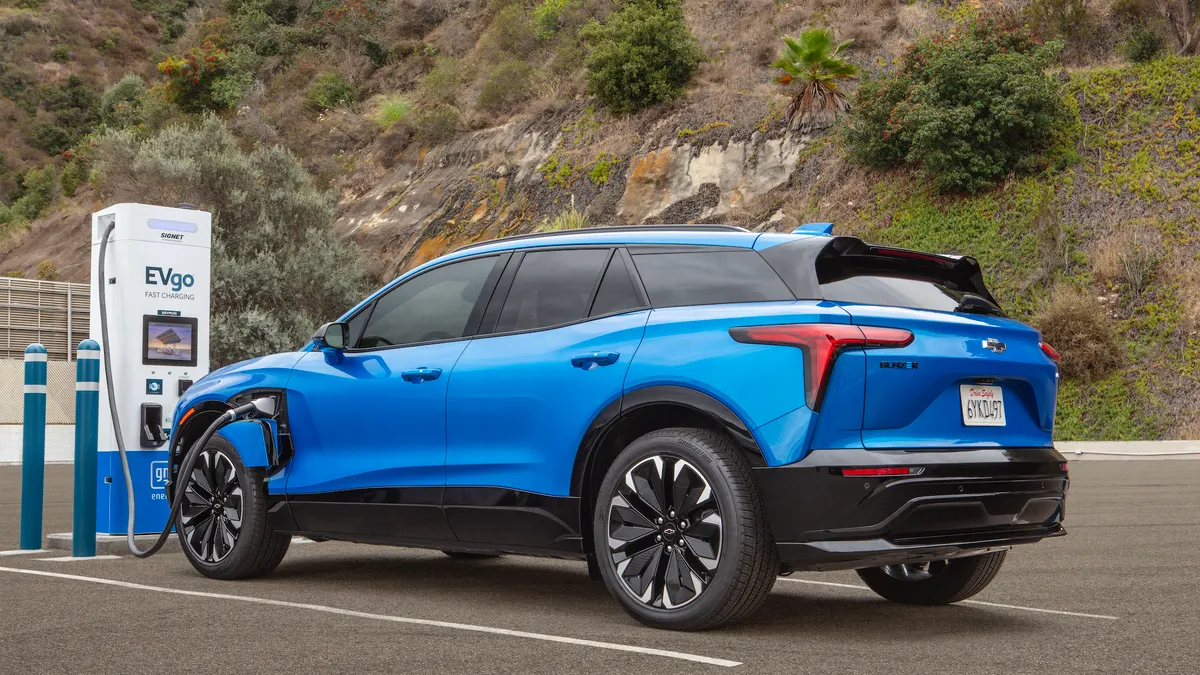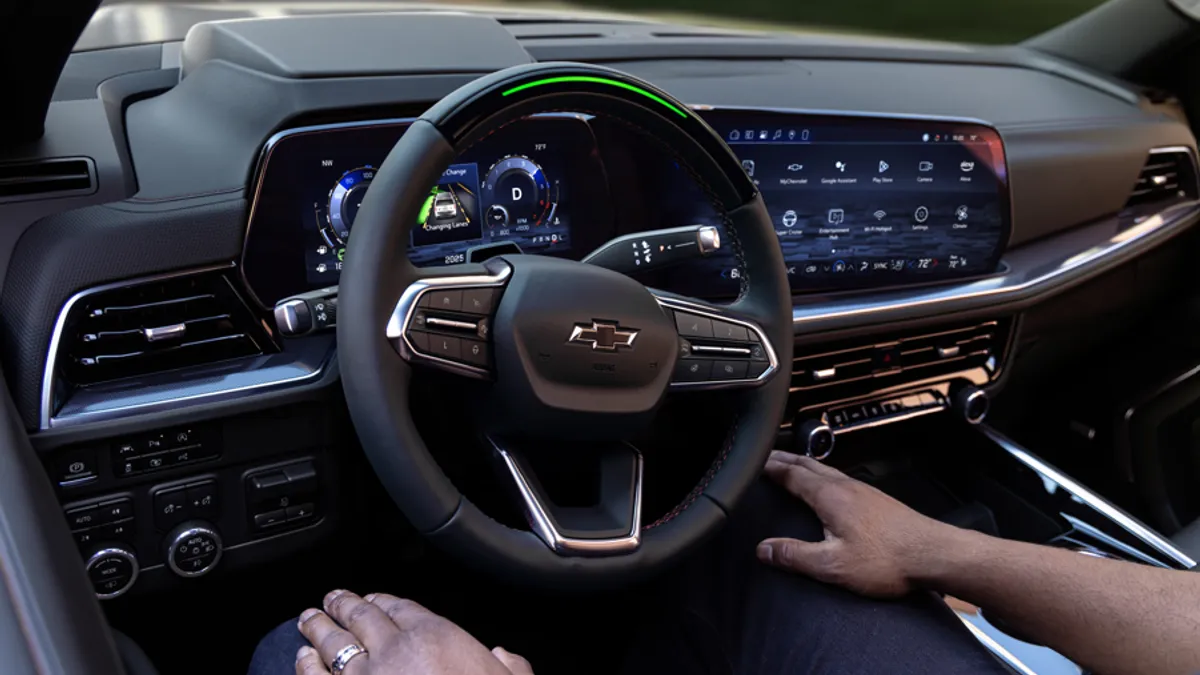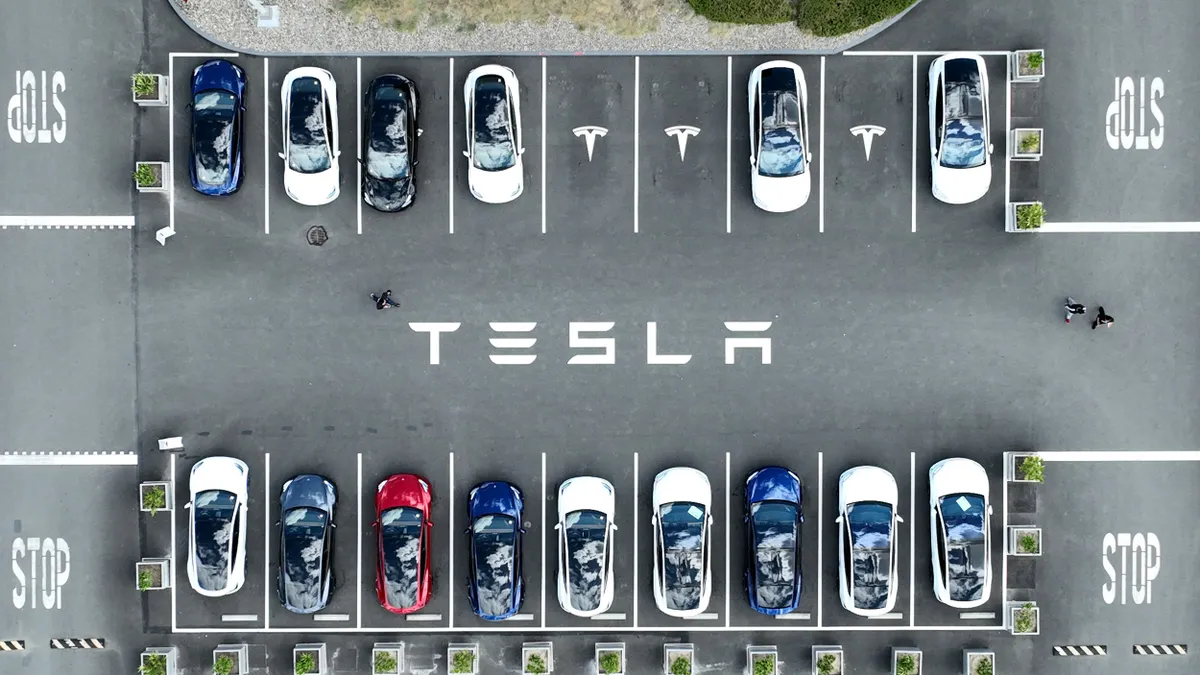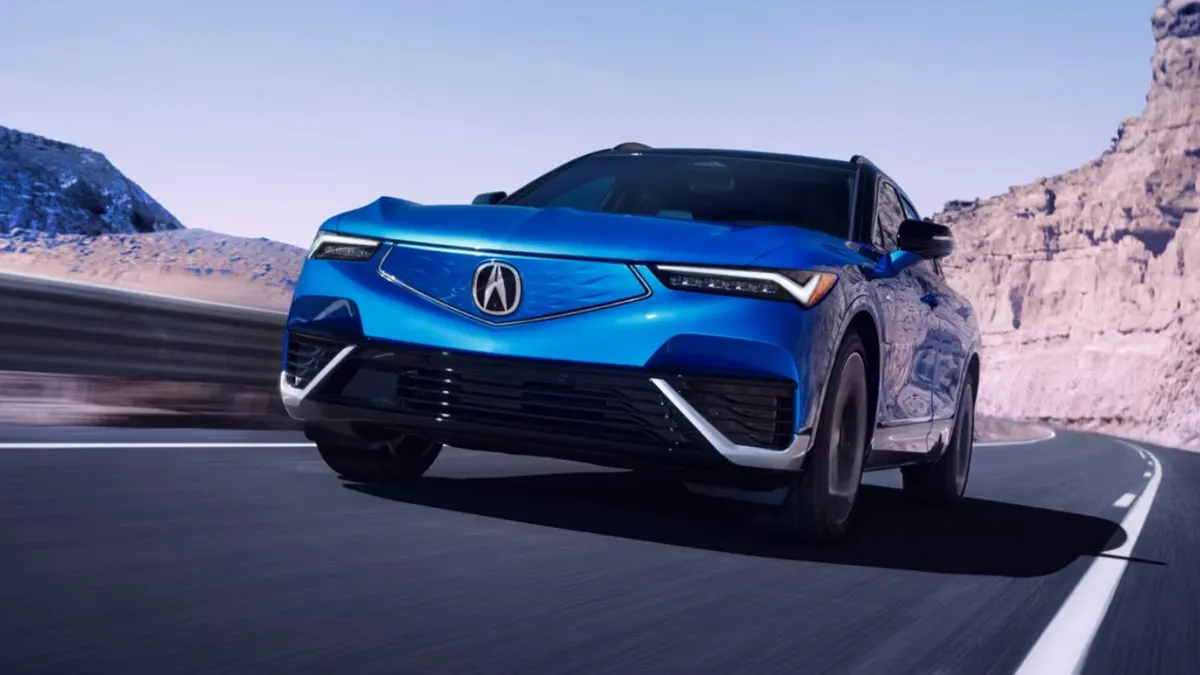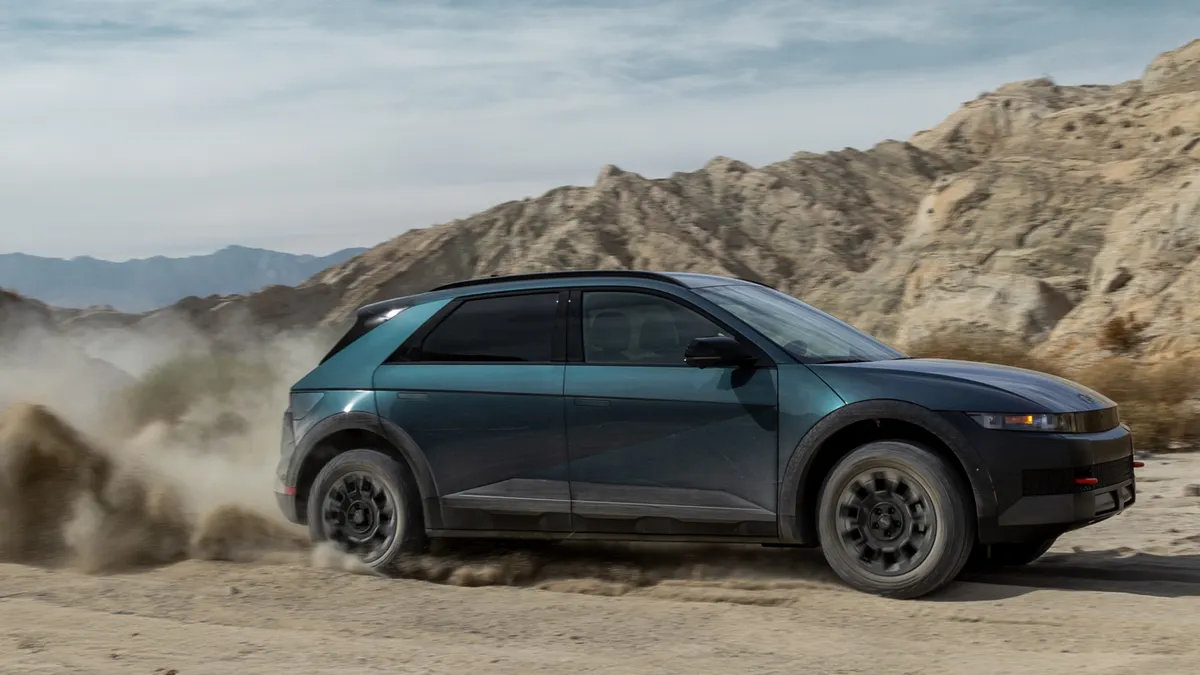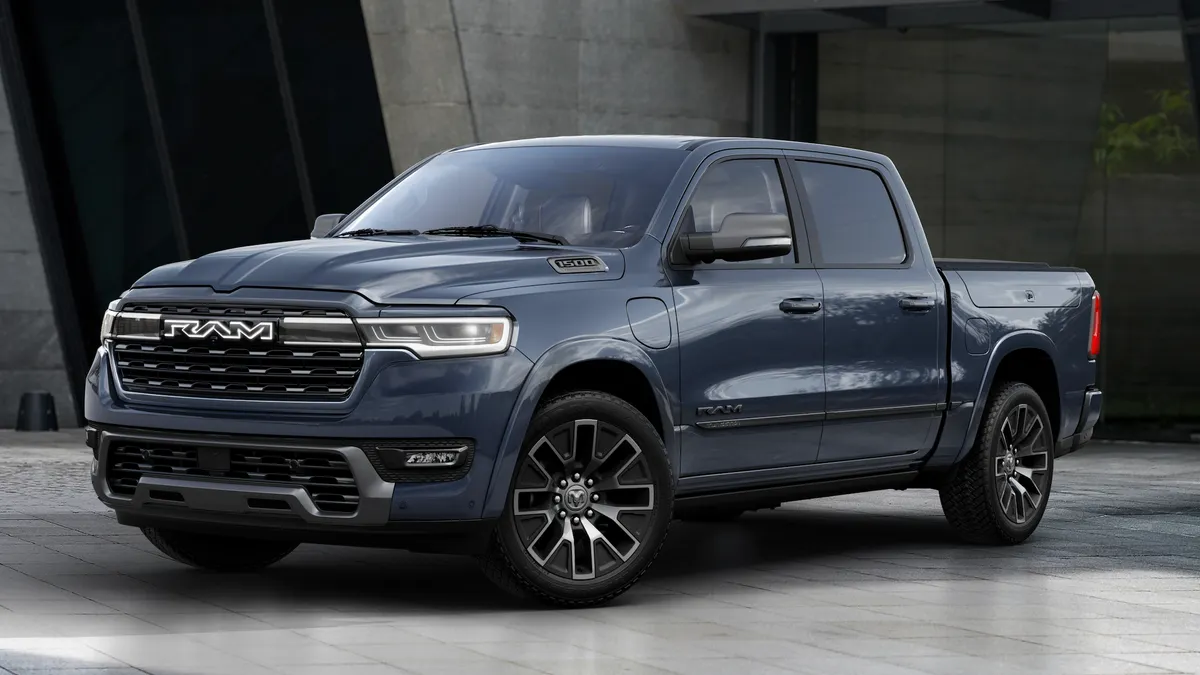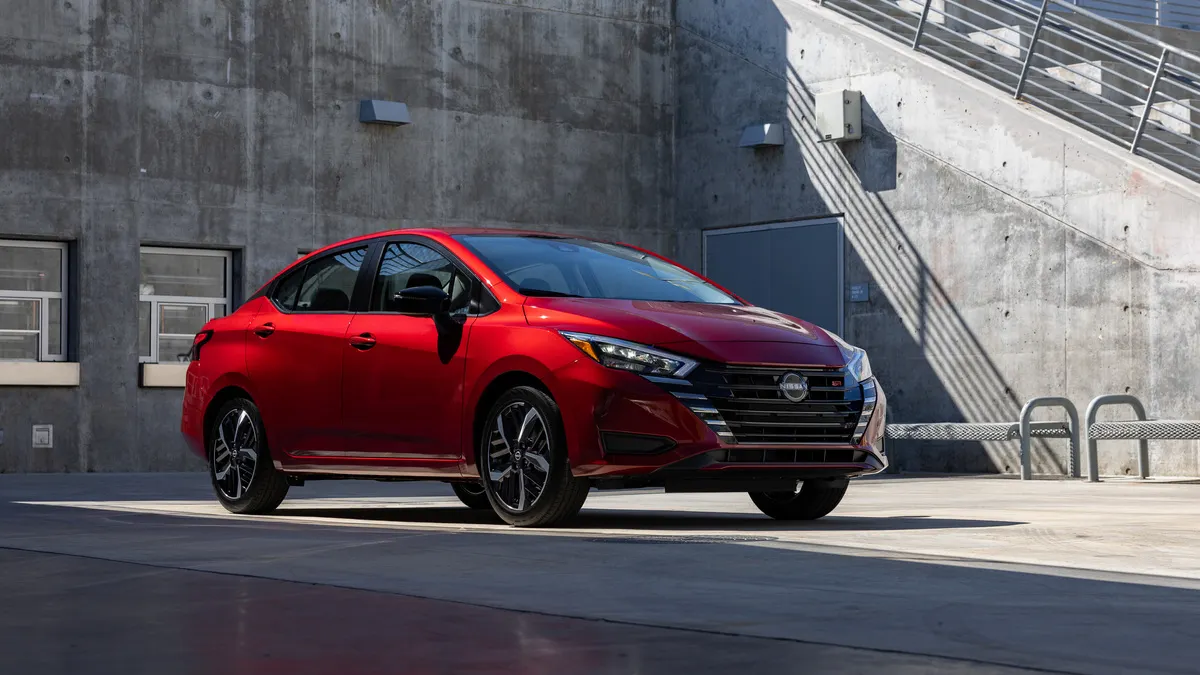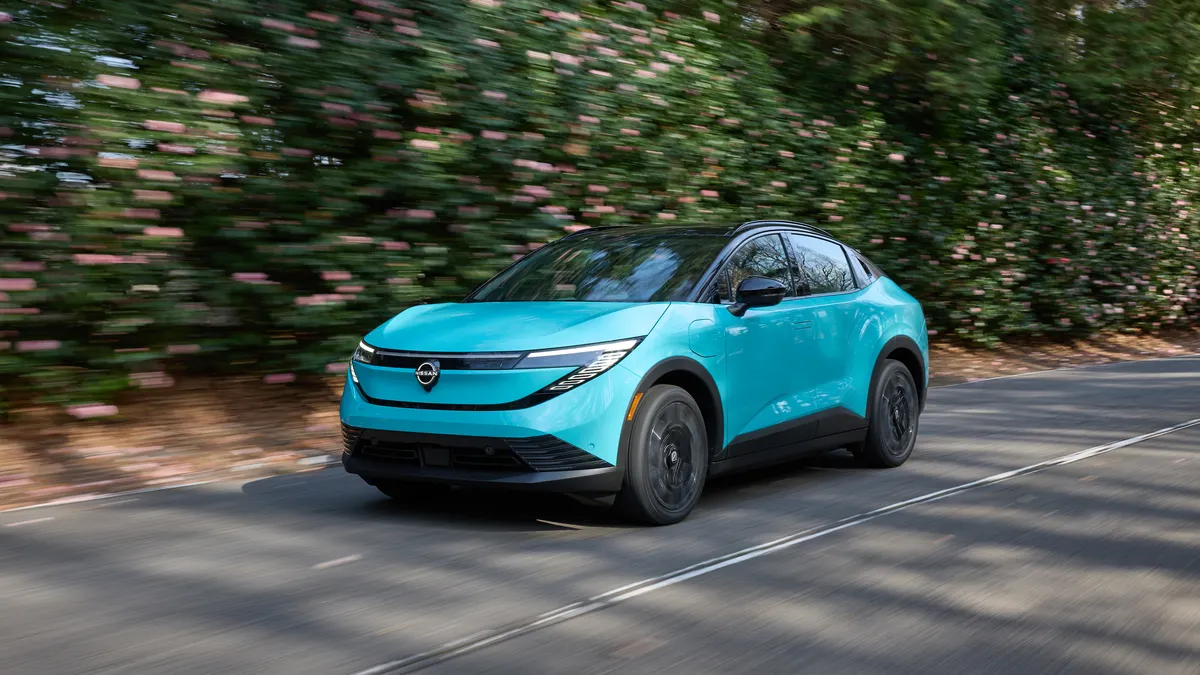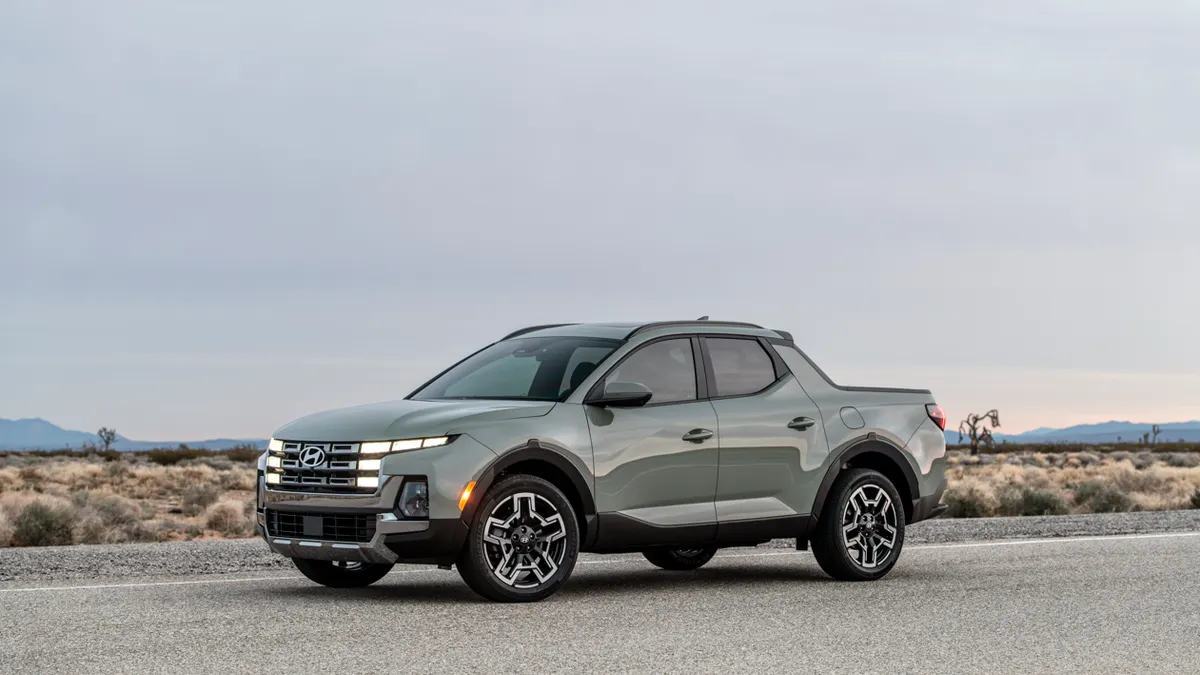Elimination of buyer incentives combined with regulatory uncertainty is expected to slow domestic electric vehicle adoption as the technology advances in other global markets, a forecasting model has found.
This is according to consulting firm EY’s September 2025 “EY Mobility Lens Forecaster,” an AI-powered modeling tool developed to predict electric vehicle adoption timelines in the key U.S., China and EU markets through 2050.
For the U.S. market, EY’s forecaster projects EV adoption will begin to slow with the elimination of the federal EV tax credit on Sept. 30, as well as from tariffs and other legislative uncertainty surrounding the “One Big Beautiful Bill,” which was approved by Congress in July.
The company’s forecasting model, which it launched in 2021, uses neural networks and other macroeconomic variables to evaluate long-term global consumer behavior, regulatory trends, the rollout of advanced vehicle technology and OEM strategies to predict how EV adoption might accelerate in the three global markets through 2050.
In addition, factors such as escalating trade tensions, rare earth shortages are expected to further slow EV adoption in the U.S. to a more moderate pace year over year, from 7.3% in 2024, to under 2% annually each year through 2030. EVs are projected to account for only 11% of all U.S. light vehicle sales by 2029 as a result of “policy roadblocks,” according to EY’s data. Still, EVs are on track to reach 32% of U.S. light vehicle sales by 2035.
Although the EY forecaster predicts a short-term spike in U.S. EV sales in Q3 as buyers rush to take advantage of the EV tax credit of up to $7,500, the timeline to reach 50% EV adoption won’t happen now until 2039 — five years later than previously forecast. But, sales of hybrid vehicles in the U.S. and EU markets will continue to grow.
"Hybrids will be the selection, and I think it will be the bridge to get us to full electrification,” said George Lenyo, EY Americas Automotive Leader, in an interview with Automotive Dive.
The hybrid vehicle segment in the U.S. is expected to grow rapidly over the next decade, according to EY’s data. Despite an overall cooldown in the U.S. EV market, hybrid vehicles are expected to account for 34% of all passenger vehicles sold by 2034. Sales of hybrid vehicles are expected to climb to over 3 million units in the U.S. by next year, according to EY’s data.
“The near- to mid-term future will feature a diverse mix of powertrains, shaped by regulatory shifts, tariffs, and evolving consumer behavior,” said Constantin M. Gall, EY Global Aerospace, Defense & Mobility Leader, in the release. “What’s clear is that e-mobility will remain central to the future of transportation.”
OEMs adapt to a new tariff-fueled business environment
U.S. OEMs must also navigate a new tariff-fueled business environment, which extends to their global supply chains. But to help mitigate their impact, automakers are expected to boost their domestic sourcing for EVs, including battery manufacturing, according to EY.
EY’s data shows that U.S. automakers are currently absorbing tariff costs by holding prices steady and shifting their product mix towards higher-margin vehicles to offset inflationary pressures. But it’s unclear how long this strategy will work. Tariffs are likely to result in car shoppers seeing higher prices.
But U.S. automakers have historically been successful at adapting to changes in market conditions, according to Lenyo. He expects that the Big Three should will be able to weather any slowdowns in EV sales and grow their hybrid vehicle sales in the interim.
"The domestic OEMs are extremely resilient, I think they're very good at figuring out a solution,” Lenyo said. "The advantage that these domestic U.S. automakers have is that ability to continue to balance the investment, balance the powertrain, keeping one foot in today, but an eye towards tomorrow,” he said.
Still, along with an anticipated slowdown of EV adoption, the rapid pace of innovation will continue, and automakers may face a loss of market share if they don’t keep up with the technological advancements of their competitors, including autonomous driving, advanced hybrid and EV battery chemistries, as well as the rollout of software-defined vehicles.
Policy changes will help boost EV sales in the EU, but not until after 2027
In Europe, the Mobility Lens Forecaster indicates that economic pressures, a reduction in incentives and weaker emissions penalties will slow EV adoption from now through 2027. But stricter emissions regulations combined with the launch of more affordable EVs are expected to result in a sales rebound after 2027.
EY forecasts that EVs will account for 50% of all vehicle sales in the EU by 2032. In the interim, hybrid and plug-in hybrids are also expected to serve as a bridge towards EV adoption like in the U.S., outselling fully electric models through 2030. By 2041, EVs are expected to reach a 95% market share in the EU as a result of more advanced low-cost batteries and reduced cost of ownership, according to EY.
China will remain a dominant force in EV adoption
But as the U.S. and EU fall behind in the global EV race, EY forecasts that China will remain a dominant force in EV growth over the next decade, even as the market share of China OEMs declines due to growing competition, which is what Tesla is currently facing.
"China's got great technology,” said Lenyo. “They've got governmental policies that are supportive of EV, climate that is supportive of EV, and I think they've got a willing consumer."
EY predicts that pure EVs will account for over 50% of China’s light vehicle sales by 2033, due to their lower costs compared to ICE vehicles, as well as strong government support.
“New energy vehicles” in China, a broader category that includes both EVs and plug-in hybrids, are expected to reach 50% of China’s car sales this year, and account for 90% of the country’s passenger vehicle sales by 2034, five years ahead of the projected 50% EV adoption rate in the U.S. EV adoption in China will continue to climb beyond that.
"By 2050, almost every car that will be sold [in China] will be a battery electric vehicle [BEV],” said Lenyo. EY’s data estimates that BEVs will account for nearly 96% of all passenger vehicle sales in China by then.
Despite the varied EV adoption timelines across the three key markets, the auto industry’s gradual pivot to electrification will continue over the long-term, according to Lenyo. This means that automakers Ford Motor Co. and General Motors, which currently rely on the sales of full-size ICE vehicles for a bulk of their profits today, must not lose sight of their long-term EV goals to remain competitive as the market continues to evolve.
“The greatest risk and the insight that came out of the [Sept. 2025] Mobility Lens Forecast is the delay and the slowdown of the U.S. market, and how well they're [automakers] going to continue to adapt and not fall too far behind,” Lenyo said.
Globally, EY predicts that EV sales will grow to 67 million units annually by 2033. However, by the early 2040s, vehicle ownership may shift from an owner-based to access-based model, according to the Mobility Lens Forecaster, as robotaxis and other Level 4 autonomous mobility options become available, which could impact passenger vehicle sales.



